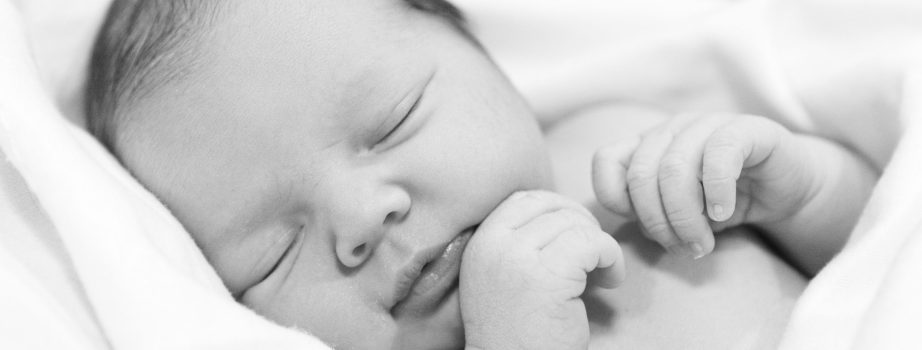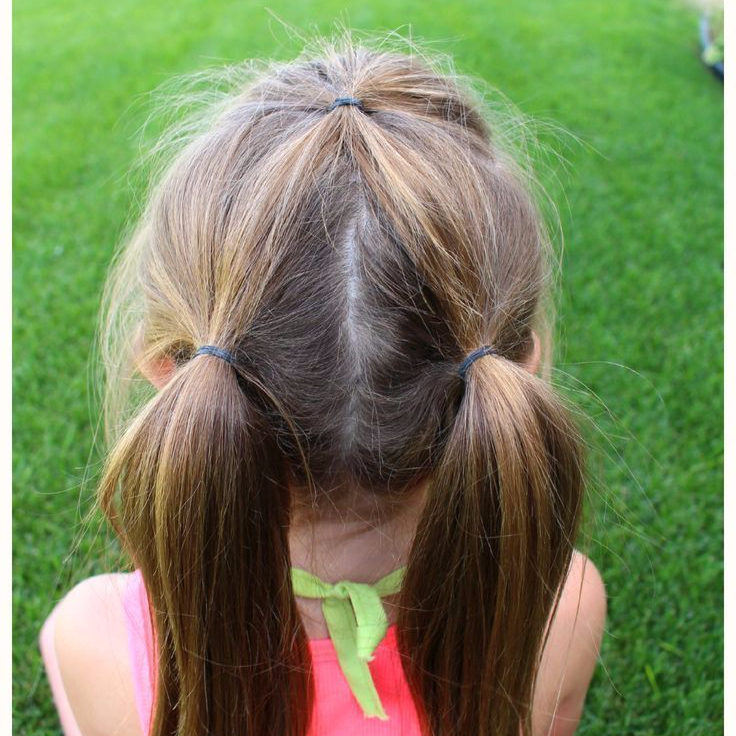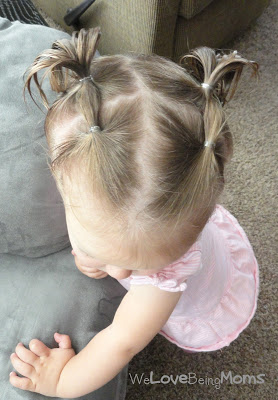
As Sonya and I stroll down West End Avenue weekday mornings, we chat. I use the Roger Phonak Touchscreen Mic so that she hears me above the noise of the traffic and the constant construction. We play “I Spy,” we count the number of dogs being walked by dog walkers (we once counted 15!) and we sing. Last week, however, I realized that Sonya was not listening. At three, she now knows how to take off her coils so that she can tune me and the rest of the New York noise, out.
As soon as I realized it, I stopped the stroller, and angrily pointed to the spot two inches above her ear where her coils should be placed. Sonya simply looked at me with a serious expression and shook her head, “No mama! It’s too loud!” I tried to put them on myself (which was NOT the right approach) and in the end, we walked the rest of the way in silence.
Upon entering Sonya’s classroom, the coils were back on her head. Sonya was ready to play and learn.
Interestingly, the same thing happened on our walk home that day. Sonya relayed some highlights of her day and sang her a new song: “this land is my land, this land is your land, from the East Side to the West Side, children gather to play together, this land was made for you and me!” but once we reached 75th street, which also happens to be where ConEd is excavating the sidewalk with jackhammers, Sonya decided enough was enough. She needed a listening break. “Mama can I take off my CIs?” she asked me sweetly.
I mean, how can I argue with that?
According to Jane Madell, a pediatric audiologist and speech language pathologist and editor at Hearing Health & Technology Matters, children with hearing loss often come home more tired than their peers. According to Madell, research has demonstrated a link between listening in an environment with a lot of competing noise and stress. Overall, children with hearing loss must use more effort to detect, process and understand speech compared to their peers with normal hearing. No wonder Sonya can get so tired after traveling noisy New York streets and after her morning at school!

Madell points out that teachers and families of children with hearing loss need to be educated as to the link between listening with hearing loss and fatigue so that they can offer listening breaks when needed. Using assistive technology (such as an FM system or microphone) will help, but weaving listening breaks throughout the day is also an important technique to help the child regroup and get ready to listen and learn again.
In addition to our walks to and from school, Sonya removes her CIs before her bath (as hard as we tried, she doesn’t like them on during this time). She also removes them for naps and at night time. There are other times of day when Sonya will remove her CIs because she is frustrated. This used to concern me, but I am now starting to realize that her removing her CIs indicates that she needs some time to rest so that she can reenter the world of hearing.
I am curious as to how many other kids with CIs need listening breaks throughout the day? How do other parents build such breaks into their routine (and how do they ensure that the “break” stays a break and doesn’t extend longer?) Would love to hear your thoughts in the comment section below.

























